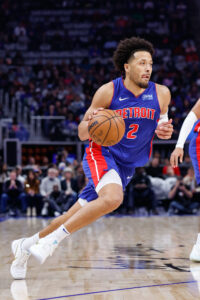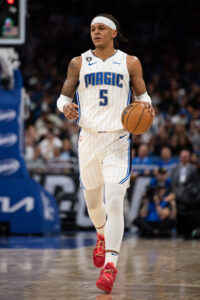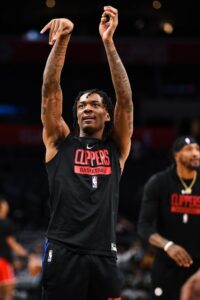Now that the latest James Harden saga has been resolved, there’s no obvious major trade to be made in the coming weeks.
Activity might perk up a bit in mid-December, when many of the players who signed contracts as free agents this offseason will be trade-eligible again.
There are rumblings surrounding one particular team. The Chicago Bulls, possessing a roster of high-priced veterans, finished last season at 40-42 and lost in the play-in tournament.
Many wondered whether the front office would make major changes this summer and perhaps even begin a full rebuild. That didn’t happen. Instead, it took a “run it back” approach with only minor changes.
The Bulls re-signed center Nikola Vucevic and added under-the-radar free agents like Jevon Carter and Torrey Craig.
It hasn’t gone well for Chicago in the first two weeks of the season. The Bulls have a 3-5 record and there have already been some tense moments.
Vucevic reportedly exchanged words with coach Billy Donovan after the season opener. A players-only meeting was supposedly held after the regular season opener, even though Zach LaVine downplayed it, saying it was a “basketball conversation.” LaVine was criticized after a loss to Brooklyn on Friday for not taking responsibility for defensive errors.
The club declined to give Patrick Williams a rookie scale extension last month and the 2020 lottery pick has already been replaced in the starting lineup.
Lonzo Ball, of course, won’t play this season as he continues to rehab from his knee injuries.
Then there’s DeMar DeRozan, who will be a free agent after the season if he doesn’t sign an extension. DeRozan has said he’s not the type to ask for a trade, but he’d have value for a contender looking for that final piece.
Chicago could also get a nice trade package for LaVine, one of the most gifted scorers in the league. Vucevic isn’t eligible to be traded until Dec. 28 but he could attract interest from a team in need of a starting center.
Alex Caruso is another player that many contenders would covet if he’s made available.
On the flip side, it’s still very early. A nice winning streak would settle things down and quiet the speculation. Chicago defeated Utah 130-113 on Monday and Donovan noted the team played with better “spirit.”
That brings us to our topic of the day: Do you think the Bulls will make some major moves and revamp their roster this season? If so, which players do you believe are most likely to be dealt?
Please take to the comments section to weigh on this topic. We look forward to your input.

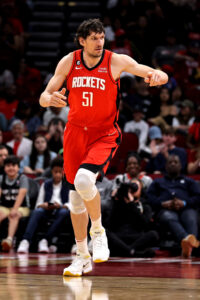 December 19:
December 19: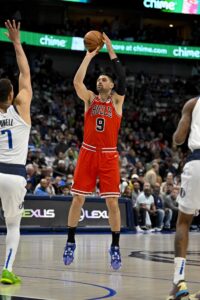

 Bouknight was the only player who was retained while his team declined his 2024/25 rookie scale option.
Bouknight was the only player who was retained while his team declined his 2024/25 rookie scale option.